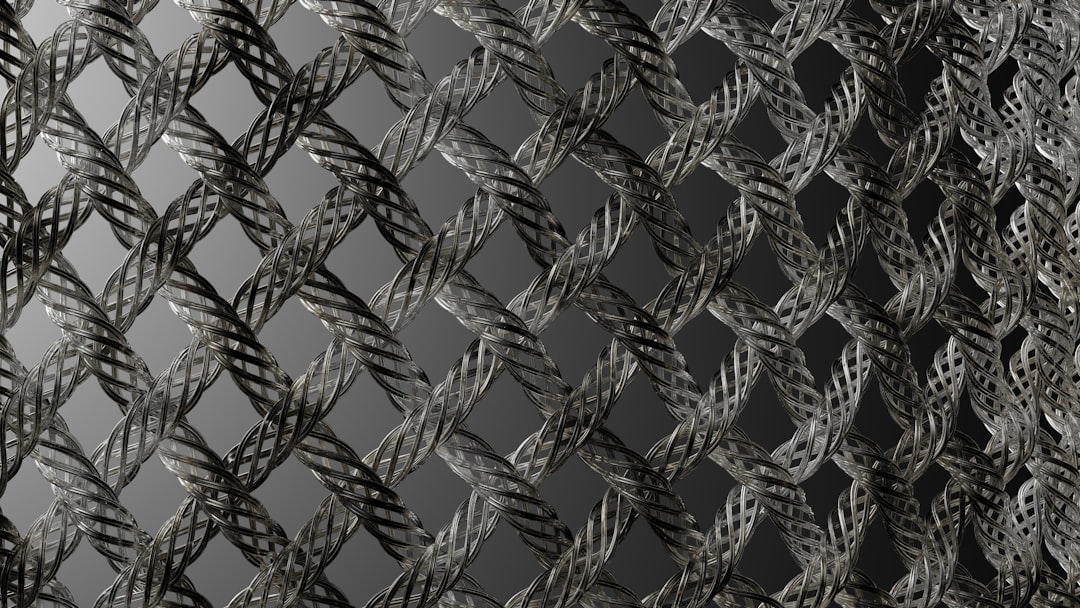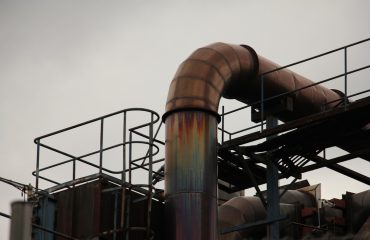The world of steel manufacturing is undergoing a significant transformation, driven by the incredible potential of nanotechnology. No longer are we limited by the inherent properties of steel; nanotechnological advancements are allowing us to manipulate steel surfaces at the atomic level, creating materials with enhanced performance and durability. This post delves into the exciting world of nanotech in steel surface treatments, exploring the various techniques and their remarkable benefits.
1. Enhancing Corrosion Resistance with Nanocoatings
Corrosion is a major concern in the steel industry, leading to significant economic losses and safety hazards. Traditional methods of corrosion protection often involve bulky coatings that can be expensive and less effective in the long run. Nanotechnology offers a superior solution through the application of nanocoatings. These coatings, typically composed of nanoparticles of materials like titanium dioxide (TiO2), zinc oxide (ZnO), or silicon dioxide (SiO2), are significantly thinner yet offer superior protection. The small size of the nanoparticles allows them to fill microscopic pores and crevices on the steel surface, creating a dense, impermeable barrier against corrosive agents like water and oxygen. Furthermore, some nanocoatings possess self-healing properties, further enhancing their longevity and effectiveness. The incorporation of nanoparticles with specific catalytic properties can also accelerate the formation of a protective passive layer on the steel surface, further mitigating corrosion.
2. Boosting Durability and Wear Resistance with Nanoparticle Reinforcement
Steel’s inherent strength can be further amplified through the incorporation of nanoparticles during the surface treatment process. Techniques like laser surface melting and thermal spraying can be used to embed nanoparticles of materials such as carbides, nitrides, or oxides into the steel surface. These nanoparticles act as reinforcement agents, significantly increasing the hardness, wear resistance, and fatigue strength of the steel. This is particularly beneficial in applications where the steel is subjected to high levels of wear and tear, such as in engine components, cutting tools, and construction machinery. The enhanced durability translates to a longer lifespan for these components, reducing maintenance costs and downtime.
3. Improving Surface Properties with Nano-Structured Layers
Beyond simply adding nanoparticles, nanotechnology enables the creation of nano-structured layers on steel surfaces with tailored properties. Techniques like pulsed laser deposition (PLD) and atomic layer deposition (ALD) allow for the precise control of layer thickness and composition at the nanoscale. This allows for the creation of surfaces with specific functionalities, such as enhanced lubricity, hydrophobicity (water repellency), or even antibacterial properties. For instance, a nano-structured surface with superhydrophobic properties can significantly reduce friction and wear, while an antibacterial surface can prevent the growth of microorganisms on medical implants or food processing equipment. The possibilities are vast and continue to expand as research progresses.
4. The Role of Nanocomposites in Steel Surface Modification
Nanocomposites, combining nanoparticles with a polymer matrix, offer a versatile approach to steel surface modification. These composites can be applied as coatings or incorporated into the steel matrix itself. The polymer matrix provides flexibility and adhesion, while the nanoparticles contribute to enhanced mechanical properties and specific functionalities. For example, nanocomposites incorporating carbon nanotubes can significantly improve the electrical conductivity of the steel surface, while those containing clay nanoparticles can enhance the barrier properties against corrosion. The tunable nature of nanocomposites makes them adaptable to a wide range of applications, offering tailored solutions for specific needs.
5. Emerging Trends and Future Applications of Nanotech in Steel Surface Treatments
The field of nanotechnology in steel surface treatment is constantly evolving. Researchers are exploring new nanoparticle materials, innovative application techniques, and advanced characterization methods to further enhance the performance of steel. Emerging trends include the development of multifunctional nanocoatings that combine corrosion resistance, wear resistance, and self-healing capabilities. There’s also a growing focus on environmentally friendly and sustainable nanomaterials to minimize the environmental impact of steel production and surface treatment. Future applications are expected to extend into diverse fields, including aerospace, automotive, biomedical engineering, and energy production, driving further innovation and economic growth.
The integration of nanotechnology into steel surface treatments represents a paradigm shift in materials science. By manipulating materials at the nanoscale, we can unlock the full potential of steel, creating stronger, more durable, and more functional materials for a wide range of applications. This is a field poised for continued growth and innovation, promising significant advancements in various industries for years to come.
SEO Tags:
- Nanotechnology in Steel
- Steel Surface Treatments
- Nanocoatings for Steel
- Corrosion Resistance of Steel
- Nanoparticles in Steel




